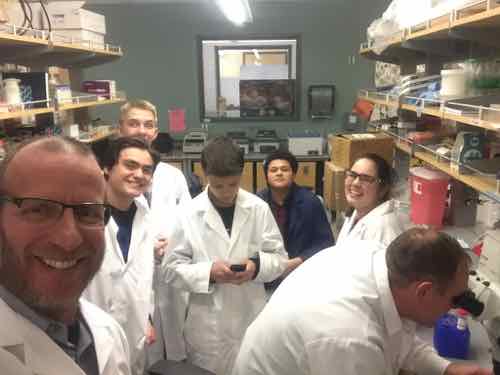
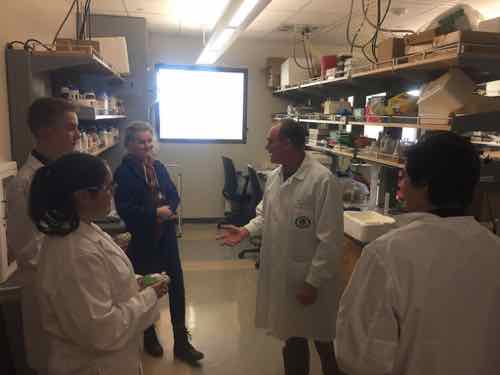
Dr. Adams started our lab experience by teaching us about the very simple ecosystems found in Antarctica. Since there are no plants to deal with, experiments are much easier to control when changing other variables such as amounts of water, increasing of temperature, and the addition of chemicals to the soil. He taught us the importance of studying in an LTER, that being the ability of comparing data, like number of microbes, from year to year.
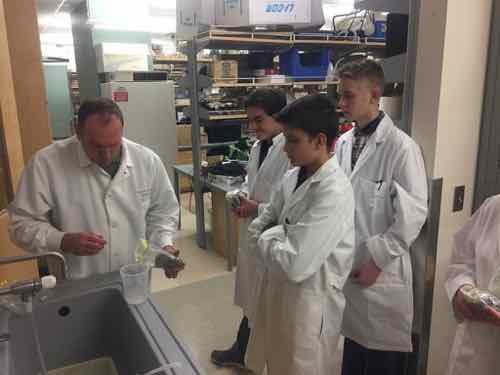
Our first stop was Dr. Adams' freezer room. The soil samples were stored at -80 degree C. They had been slowly warmed up to about -20C so the living animals in the soil were not shocked by the drastic increase of temperature. This frozen soil was then placed into a beaker to begin the extraction process.
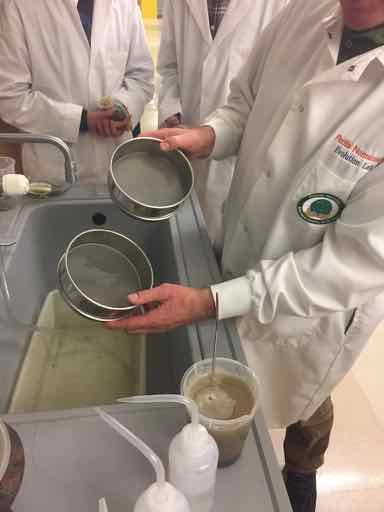
Water was then added to the soil samples. Notice the water-soil mixture sitting on the counter by Dr. Adams in the photo above. The water-soil slurry was then poured through those two screens to separate the different sized particles in the slurry. The animals would be the smallest and pass through the fine mesh, while much of the gravel would be trapped behind.
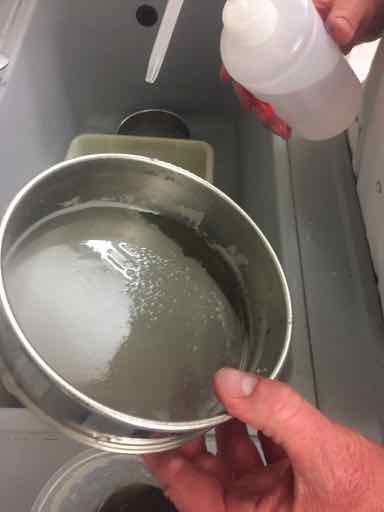
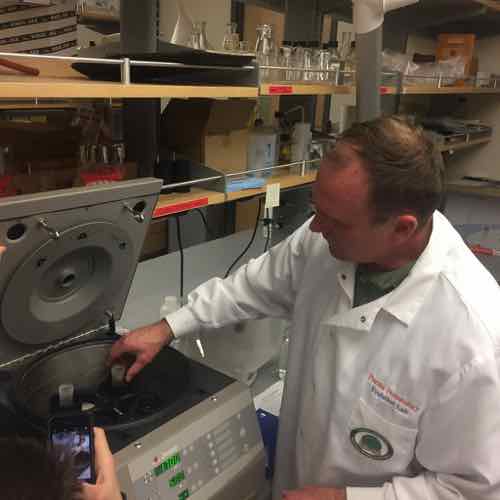
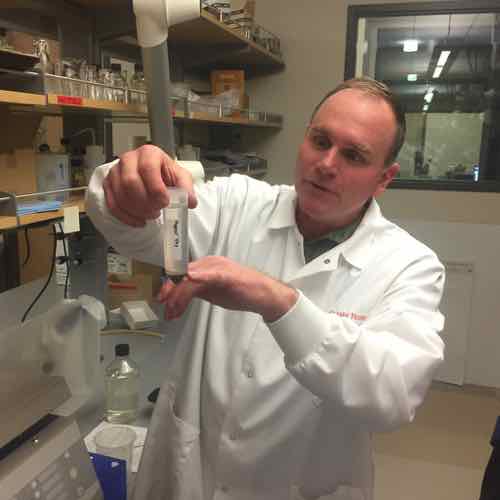
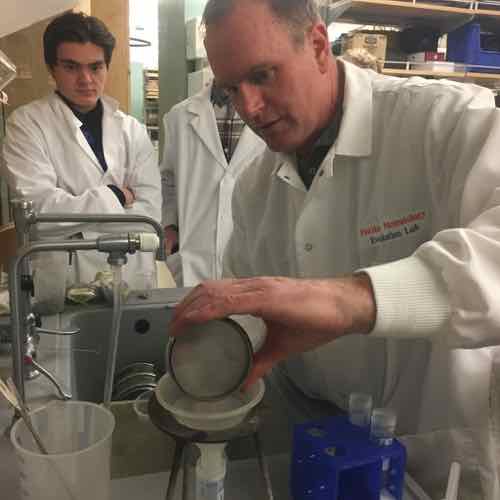
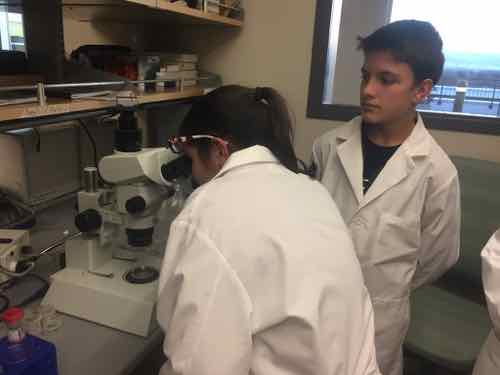
Check out this very short video I shot with my iPhone through the microscope looking for animals. Look close and many nematodes are visible:
So...What is so cool about finding worms in soil? Glad you asked. This is like science fiction stuff. We could potentially use this information to:
-Make freeze-tolerant tomato plants.
-Organ transplantation easier. We could learn to freeze-dry donated organs, like these small animals do, and potentially provide them with a much longer storage life. Imagine being able to freeze-dry lungs, livers, kidneys, hearts, etc. until the proper recipient was found.
-A bit into the future, but what about sending humans into suspended animation for space travel?


Comments